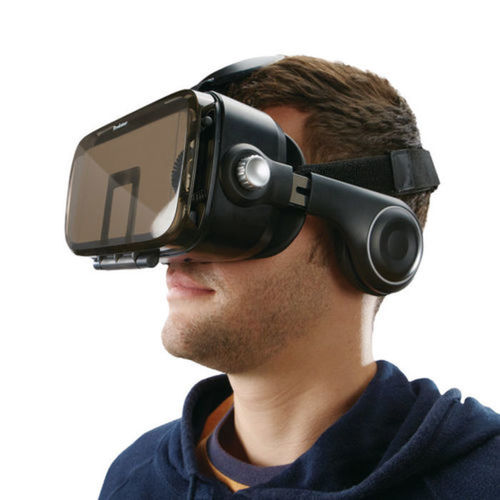What is Virtual Reality?
History of VR
1961
Sensorama
The first conceptualization of a VR device was in the form of a one-person theatre called Sensorama. It was designed by Morton Heilig in the 50s. In 1961, this mechanical prototype was created and it was the first colorized, three-dimensional film which allowed the users to also experience sounds, smells, and even motion.
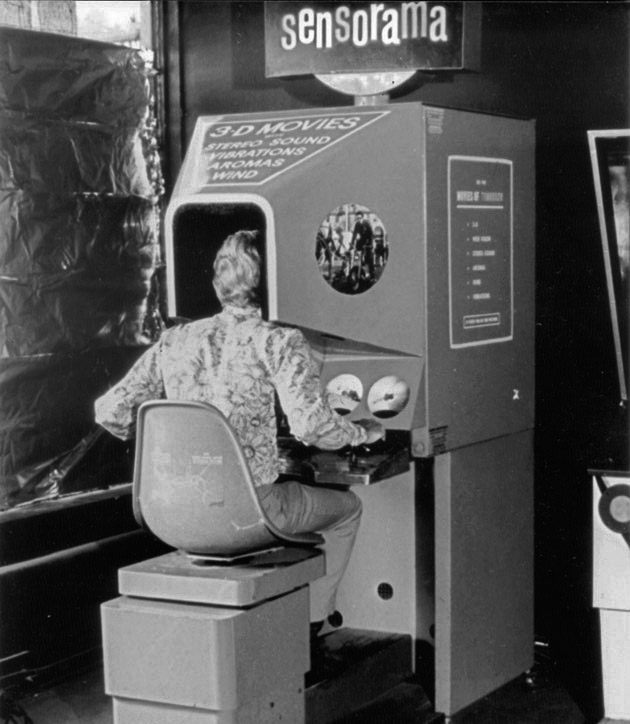
1968
Sword of Damocles
Subsequently, in 1968, Ivan Sutherland developed a Head-Mounted Display (HMD) for the VR systems and it was called the “Sword of Damocles”. This was also widely known as the first HDM that was connected to a computer in the 1960s.
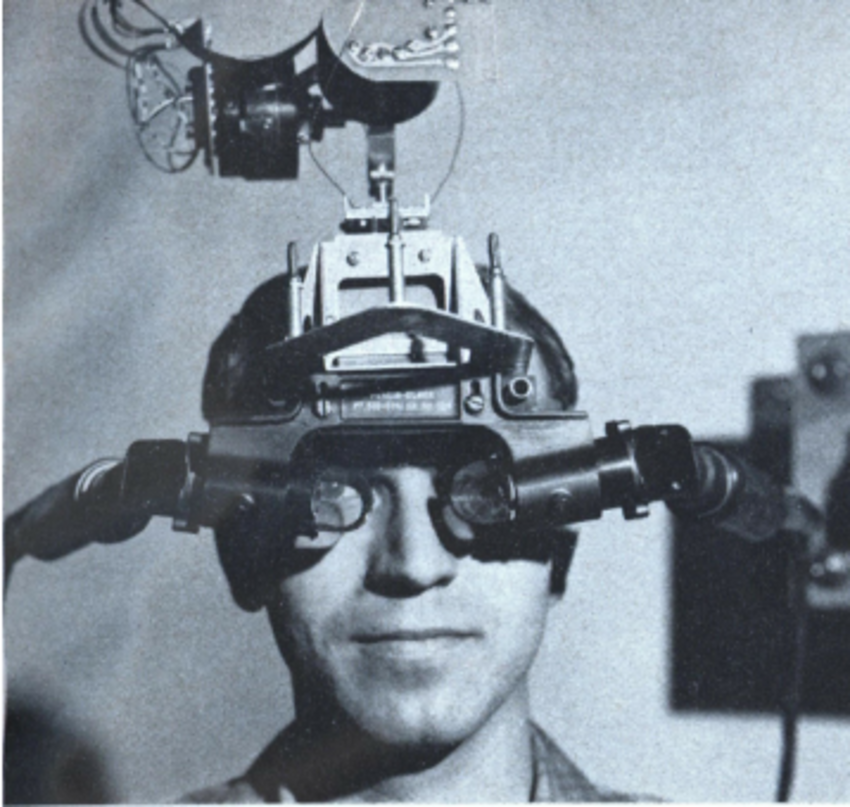
1970s to 1980s
VIEW System
Throughout the 1970s to 1980s, the National Aeronautics and Space Administration (NASA) Ames Research invented the Virtual Environment Workstation (VIEW) system, where the display within the constructed helmet made for an astronaut (HMD) was a simulated environment. This enabled users to explore and interact with a 360 degrees synthesized environment.
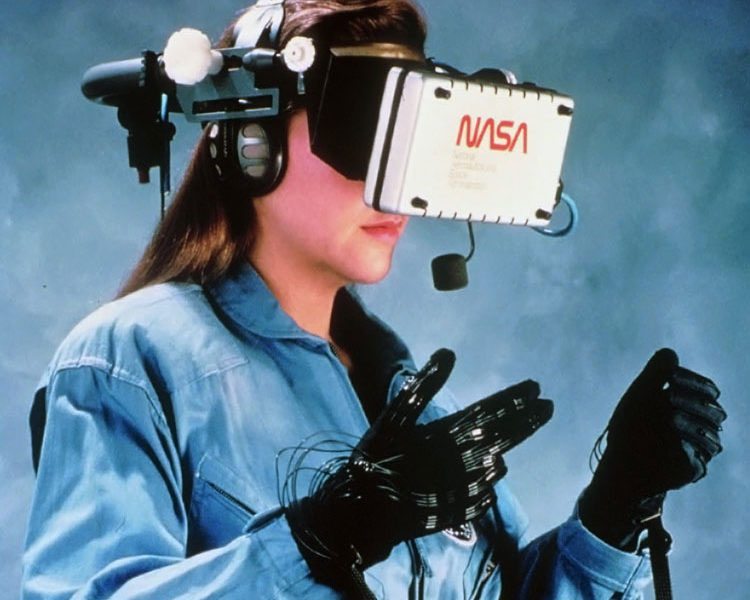
1987
VR was Coined
In 1984, Jaron Lanier created the first VR firm called Virtual Programming Languages (VPL) Research. Lanier then began to develop equipment such as goggles and gloves for users to experience VR. In 1987, the term VR was then first coined by him and this term was commonly associated with the experience ever since.
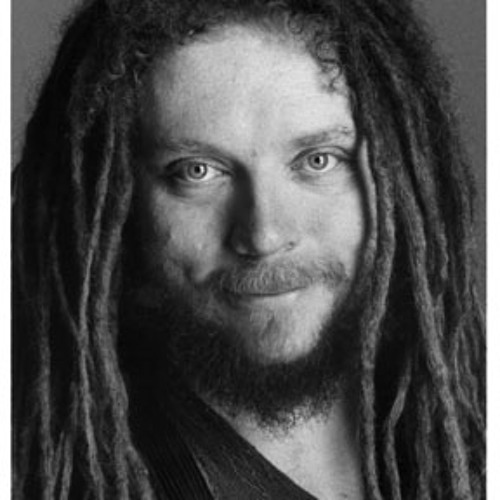
VR's Introduction to Wider Audience
1992
VR Arcade Machine
By 1992, VR’s presence was made known to the public with the introduction of VR arcade machines by Virtuality Group. A group of users would have to wear headsets, use the joysticks, and then participate in VR games with genres such as shooting or racing.
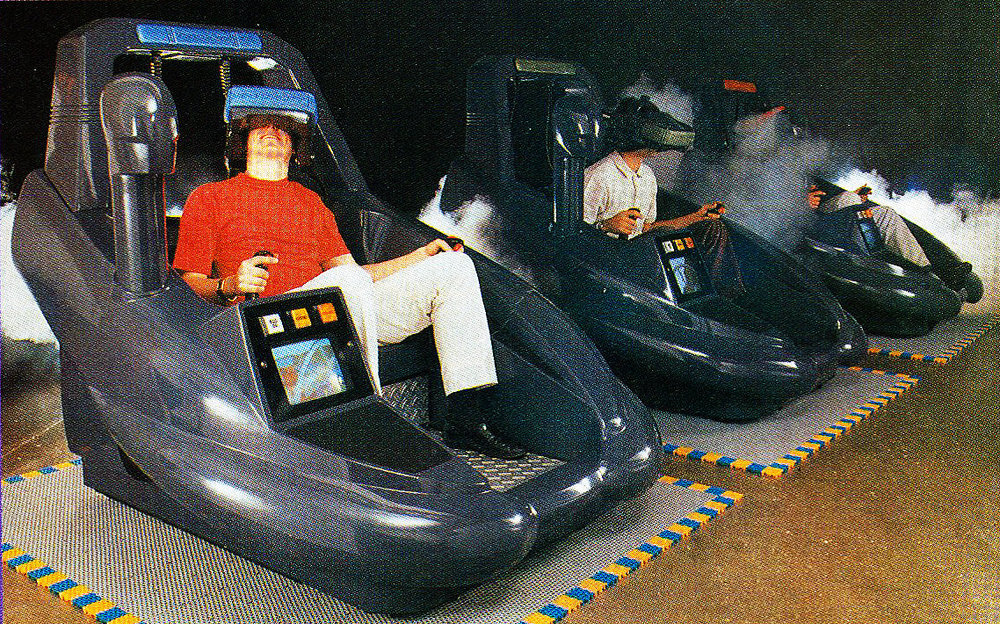
1992
The Lawnmower Man
During the same year, a Hollywood movie titled Lawnmower Man was released. The film introduced the concept of VR to the public and eventually, it became the face of VR gaming.
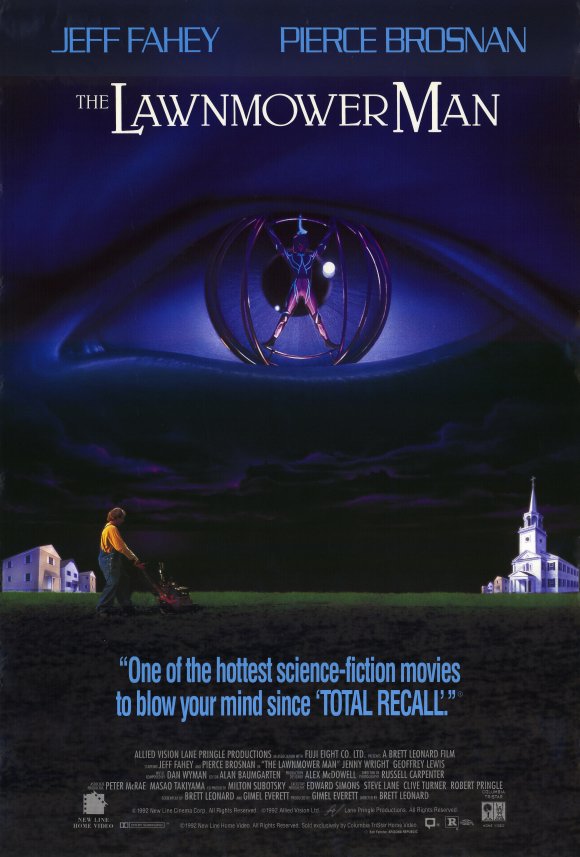
1995
Virtual Boy
With the rising popularity and hype, many companies tried to venture into utilizing VR for gaming during the 1990s. Companies such as Sega and Nintendo have also attempted to produce consoles that supported VR as home entertainment systems. These machines were known as “Genesis” and “Virtual Boy” respectively. “Genesis” did not move past the prototype phase due to potential medical issues that surfaced with its usage, while the release of “Virtual Boy” in 1995 was a commercial flop due to the lack of technological capability to support VR during that era.
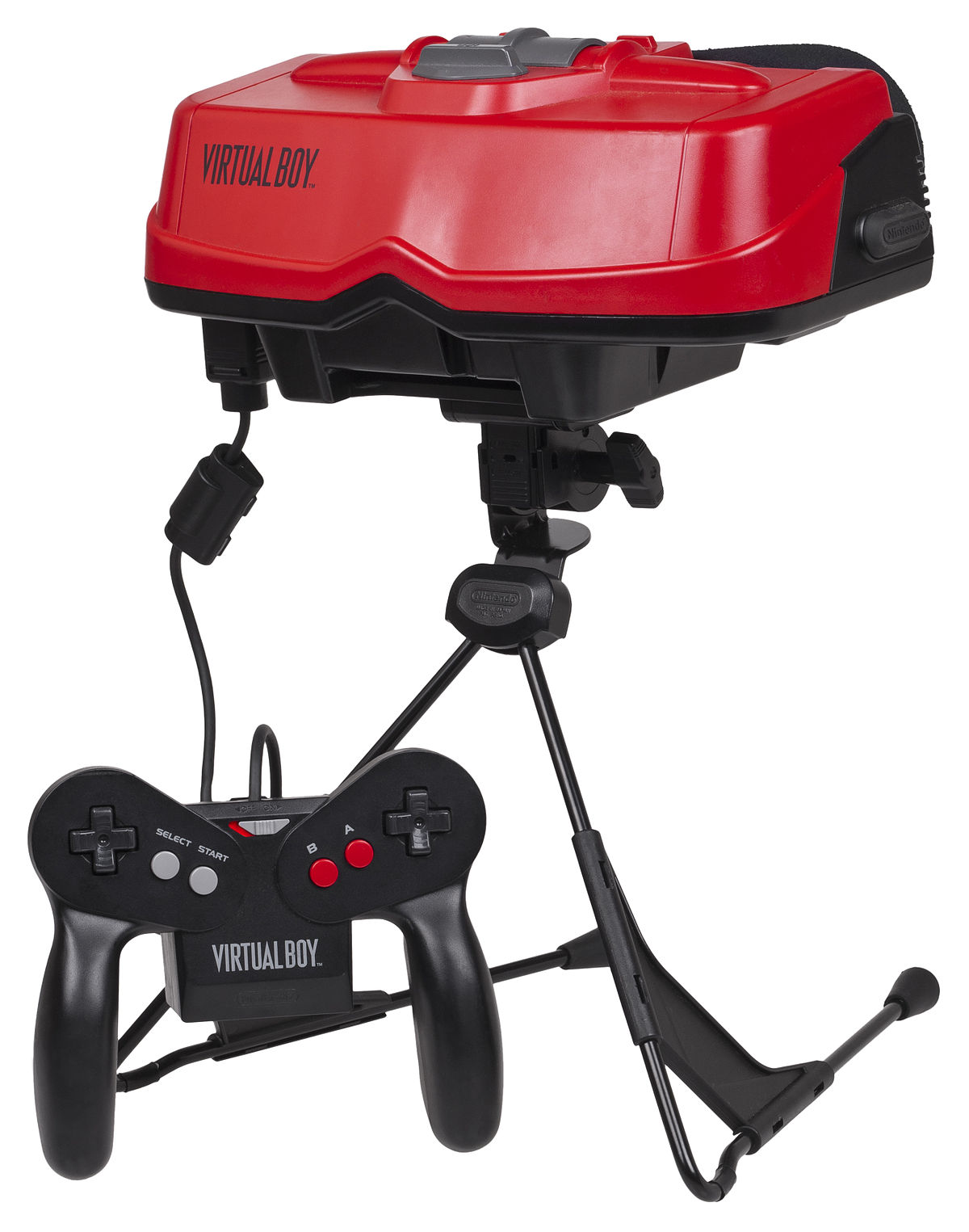
Revival of VR
2012
Oculus Rift
On August 2012, Palmer Luckey, the founder of Oculus Rift launched a Kickstarter campaign to raise funding for their VR headset. By September 2012, the Oculus Rift raised $2.44 million through the crowdfunding website. At that point, the VR headset was specifically designed and marketed for video gaming.
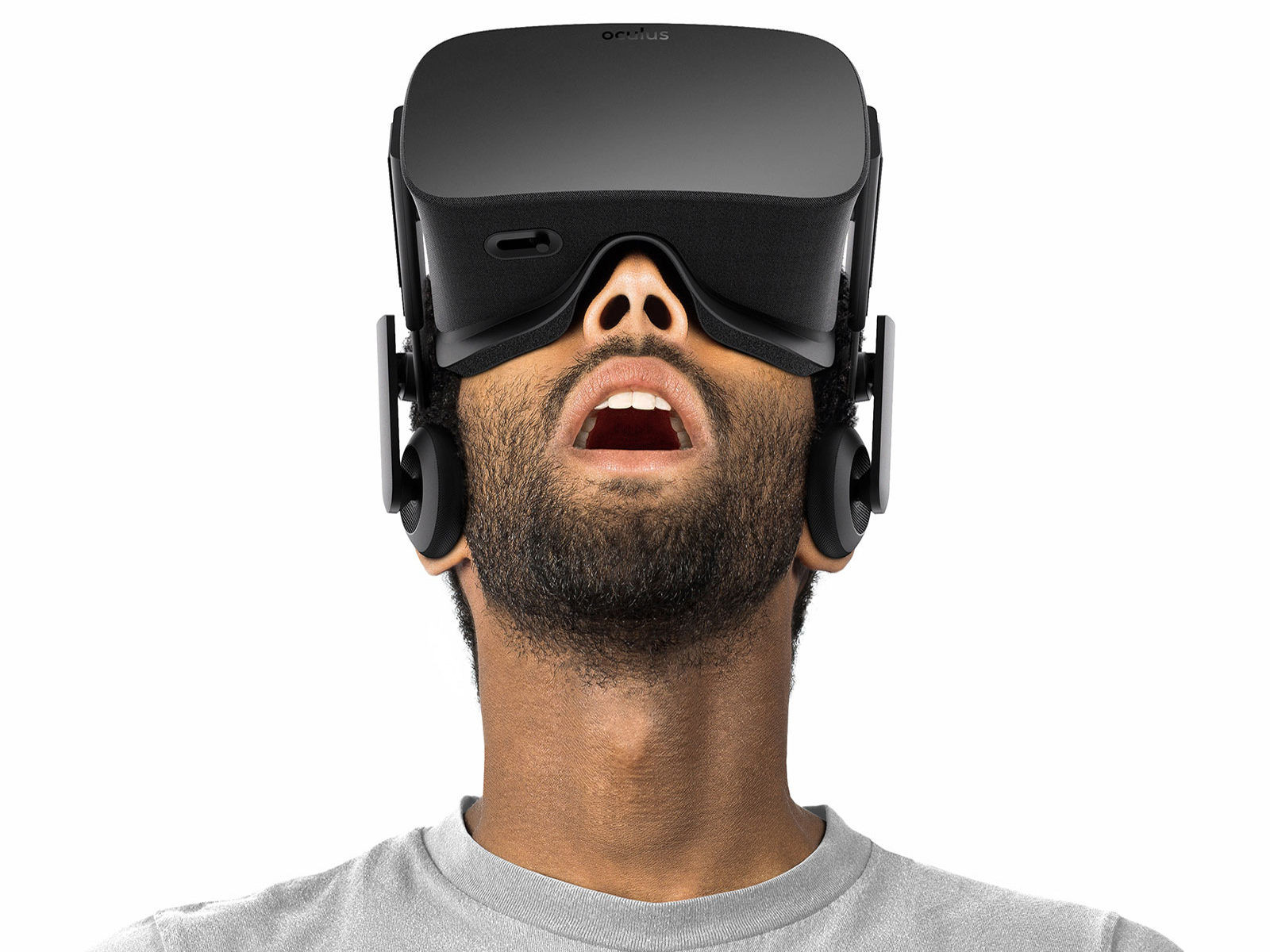
2016
VR Headsets
By the end of 2016, four VR headsets by Samsung, Facebook, HTC, and Sony were released to the mass market for the first time. Furthermore, the use of VR has expanded to other areas such as in healthcare, education, military, education, and even architectural and cultural heritage.

As of March 2018, VR market is currently valued at USD 7.9 billion and is expected to reach USD 34.08 billion by 2023.
Working Process of VR
The premise of VR is to create an alternate reality for the user. For them to integrate with the VR, the environment should be: Immersive, and Users must psychologically feel “present”.
Immersive
What is Immersion?
For the VR environment to be immersive, it is dependent on the VR system’s rendering software and display technology. For instance, if the system’s visual output is comparable to the real-world visual stimuli, it will be visually immersive for the end users.
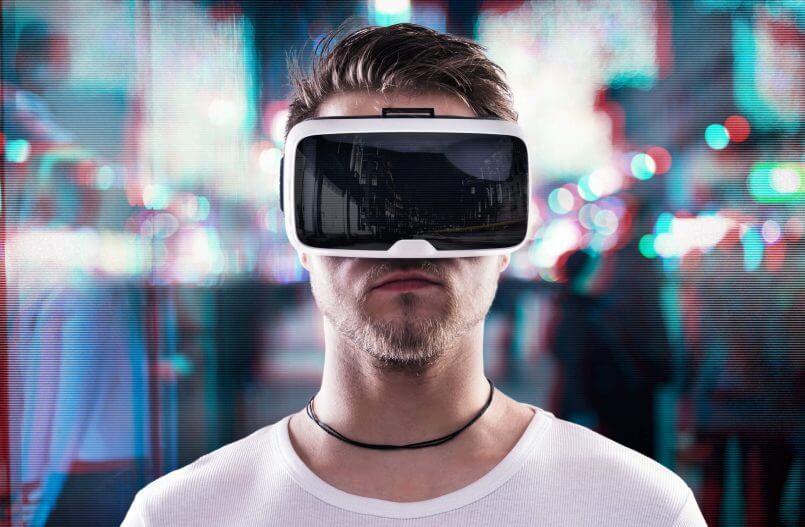
Telepresence
Psychological Presence
The concept of telepresence is important for humans to be psychologically integrated with the simulated environment. Vividness and interactivity are the two major determinants of such telepresence. A user will feel that they are “being there” in the VR if the environment is richly sensorial and highly interactive.
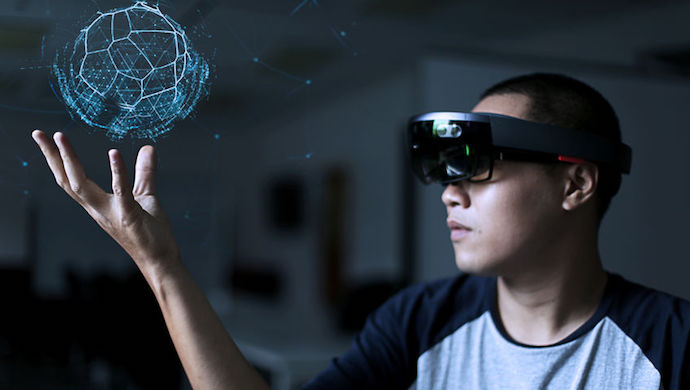
Components of VR Headset
The input devices for a VR headset consists of LCD screens, Optics, Speaker, Receiver, and Position / Orientation Tracker.
LCD Screen & Optics
Notice the Difference
The image of the VR environment is rendered and displayed on the LCD screens for the users. These LCD screens utilize stereoscopy, where each side of the optics (left or right) will display different images to each eye, and the brain will automatically interpret it as a single image. This gives the rendered image additional depth, thereby making it more realistic and three-dimensional for the user.
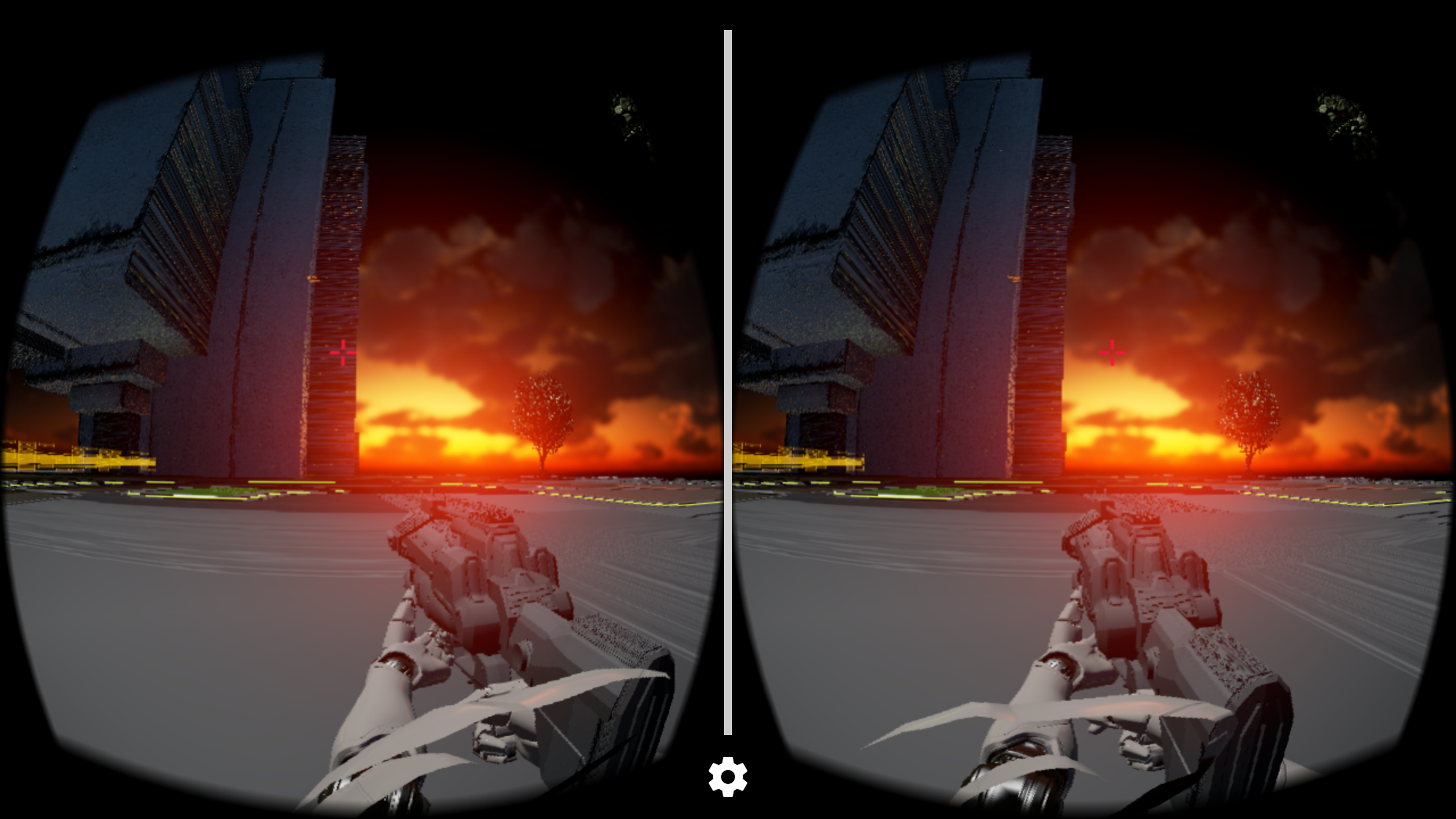
Receiver and Tracker
Measured Inputs
When the user tilts their head, the receiver at the back of the user’s head notices the change in position. These sensors typically include a gyroscope, accelerometer, magnetometer, and the information recorded by these individual components are quickly pieced together. The feedback is then sent to the graphics workstation, and the computer will utilize the new positional data to compute a new viewing direction of the virtual image. Then, it renders the refreshed image for the user.
Speaker
Spatial Audio
Another major component of VR is the speaker, and the most significant development in VR sound is “spatial audio”. The orientation tracker provides the data for the computer to colocate sound sources with the virtual object the user sees in VR. Thus, if an object drops behind the user, they will be able to look back as spatial audio enables the sounds emitted by the VR system to each ear to vary. Moreover, if the virtual character talking to the user is standing on his/her left, the user’s left ear will pick up more voice and the right ear will hear less. This soundscape can then facilitate an immersive VR experience for the user.
